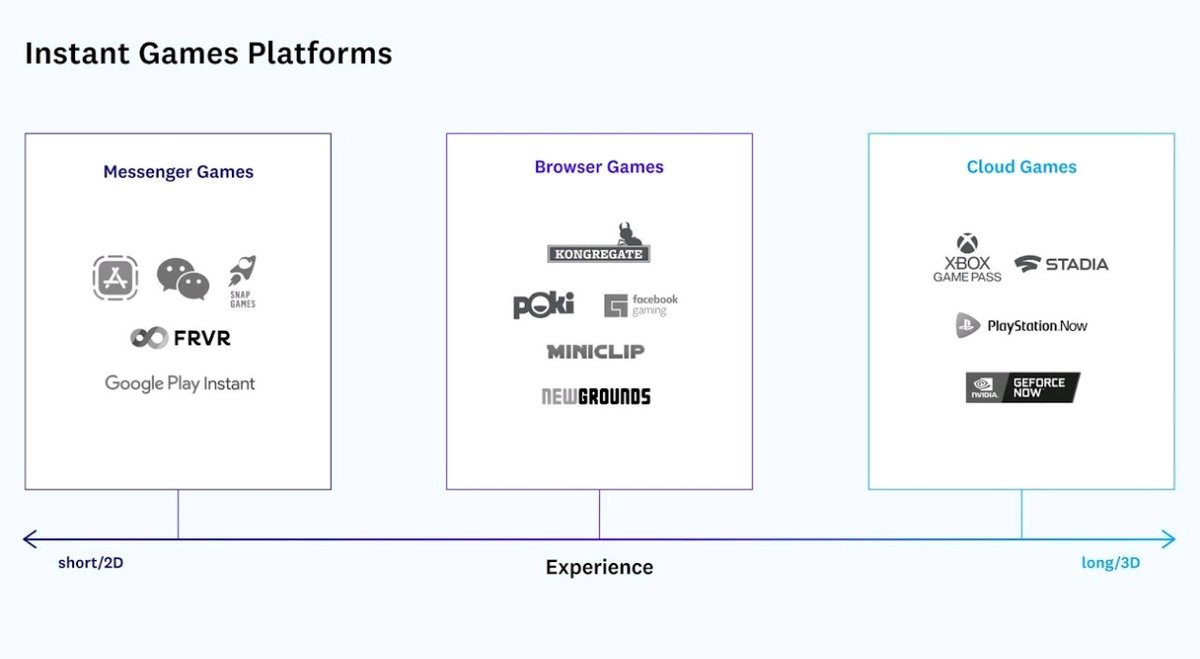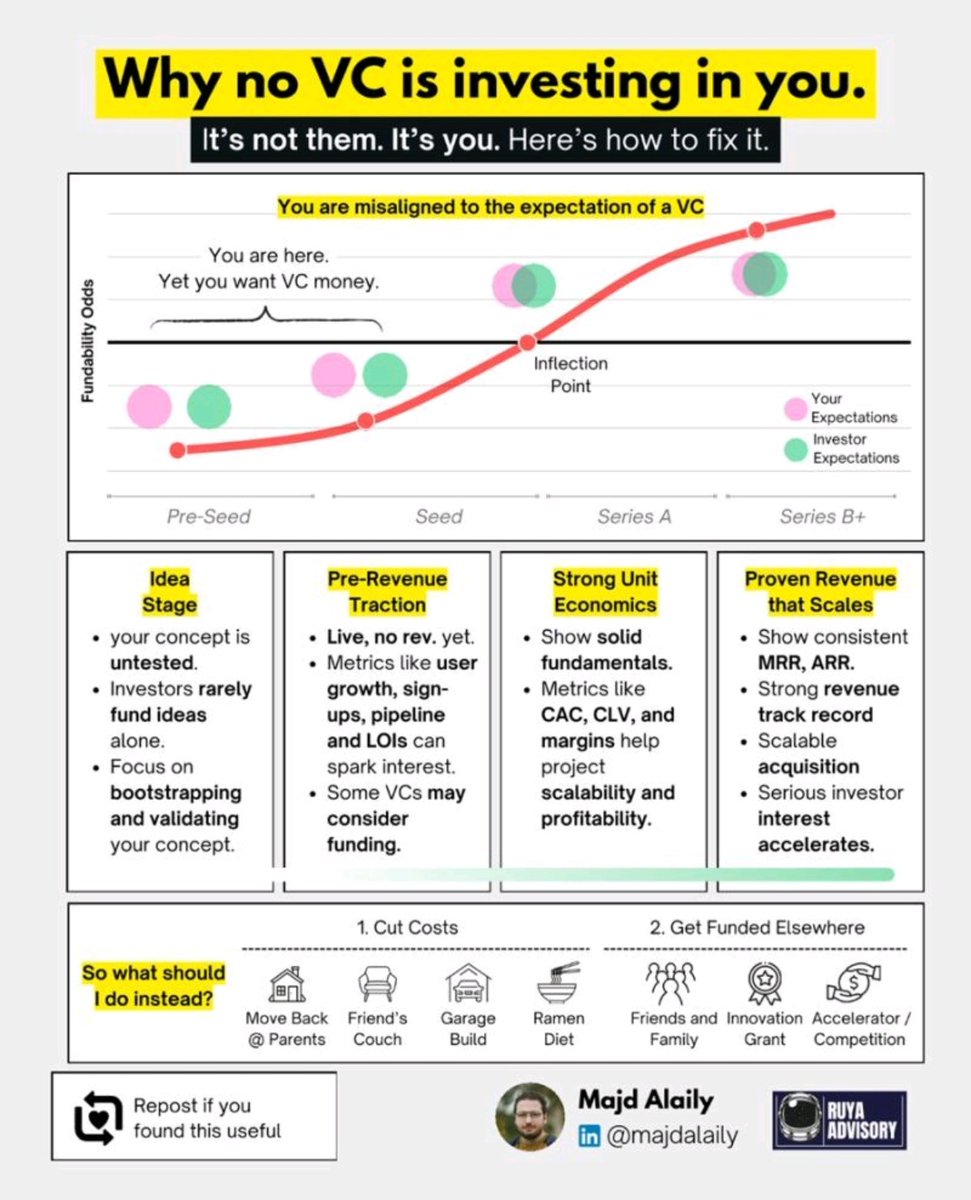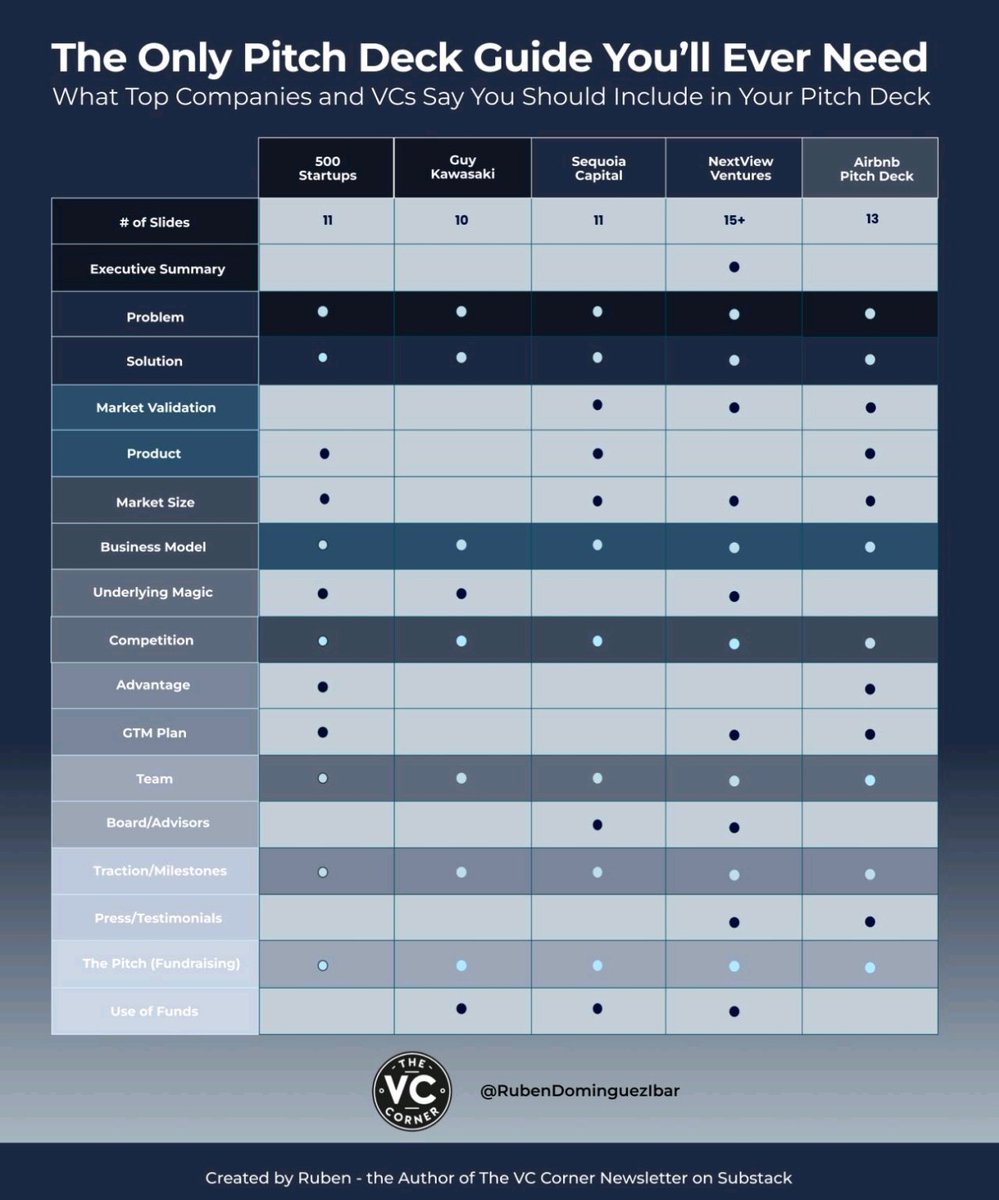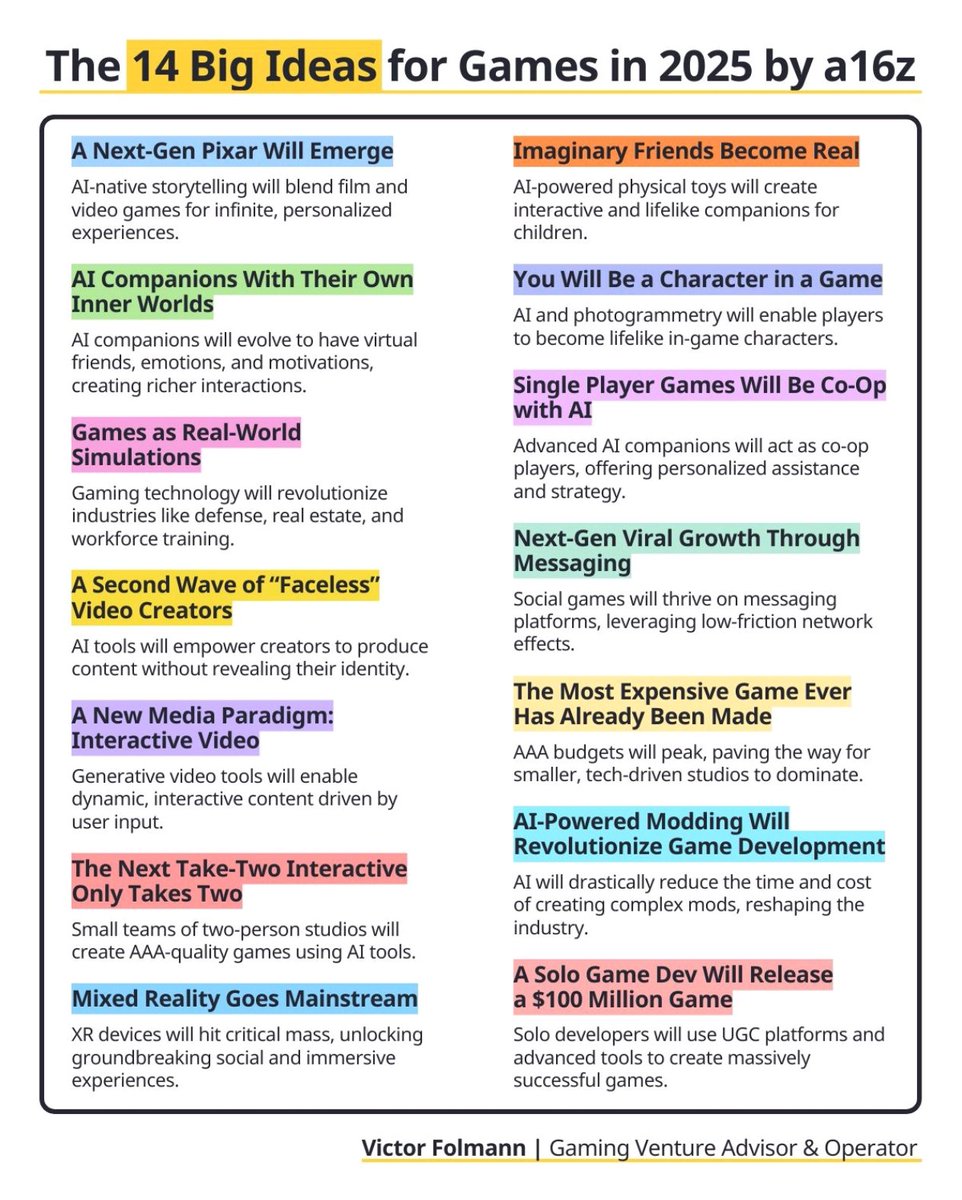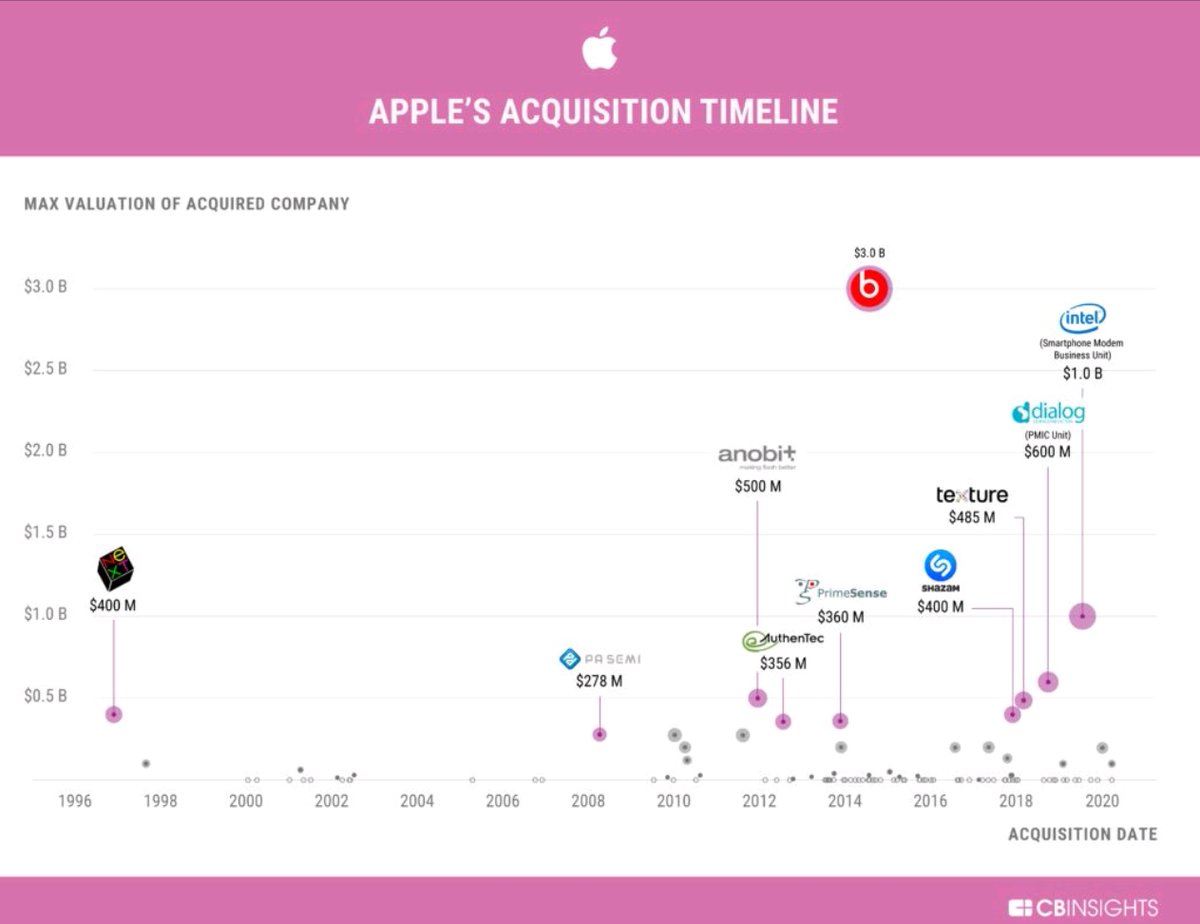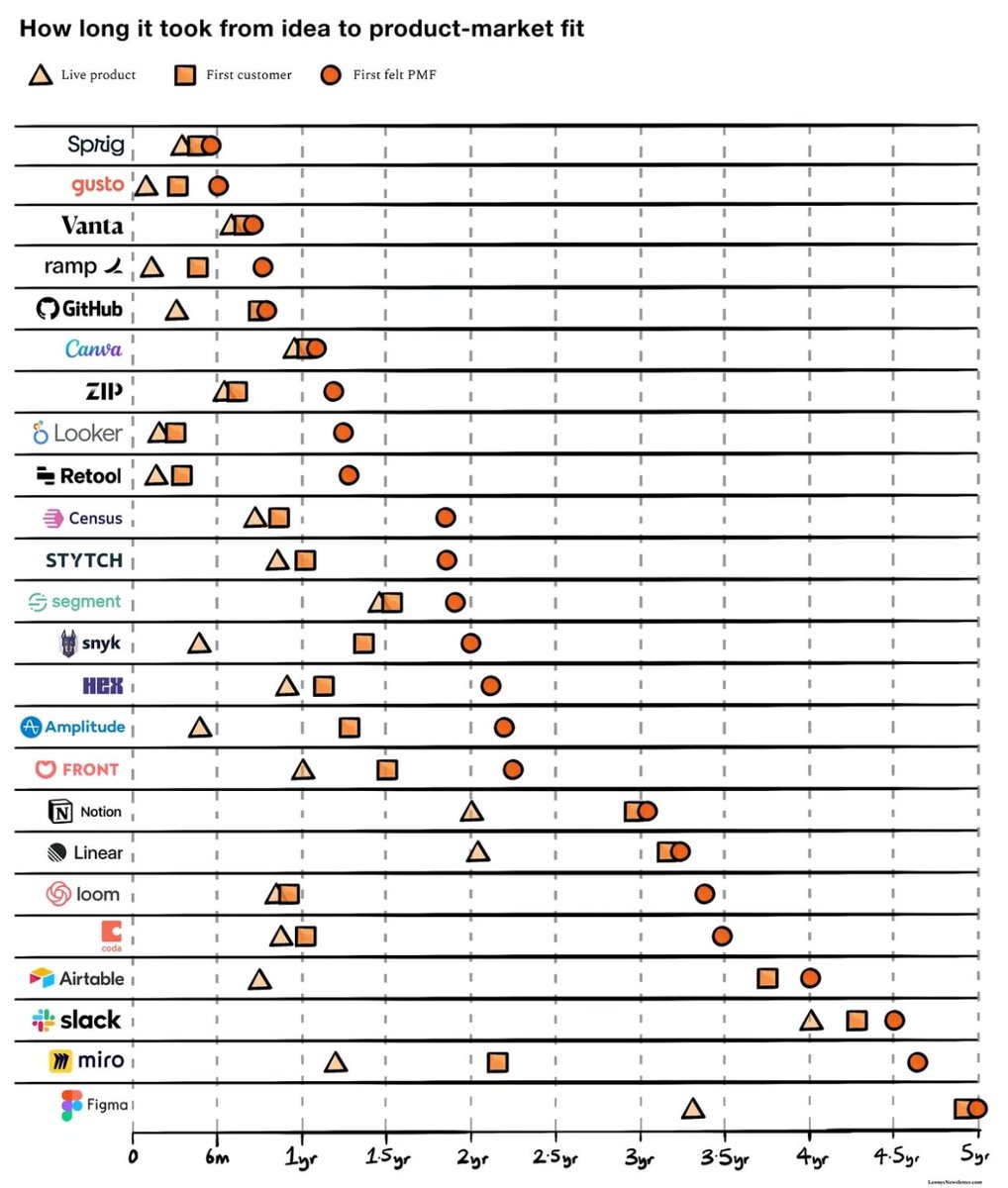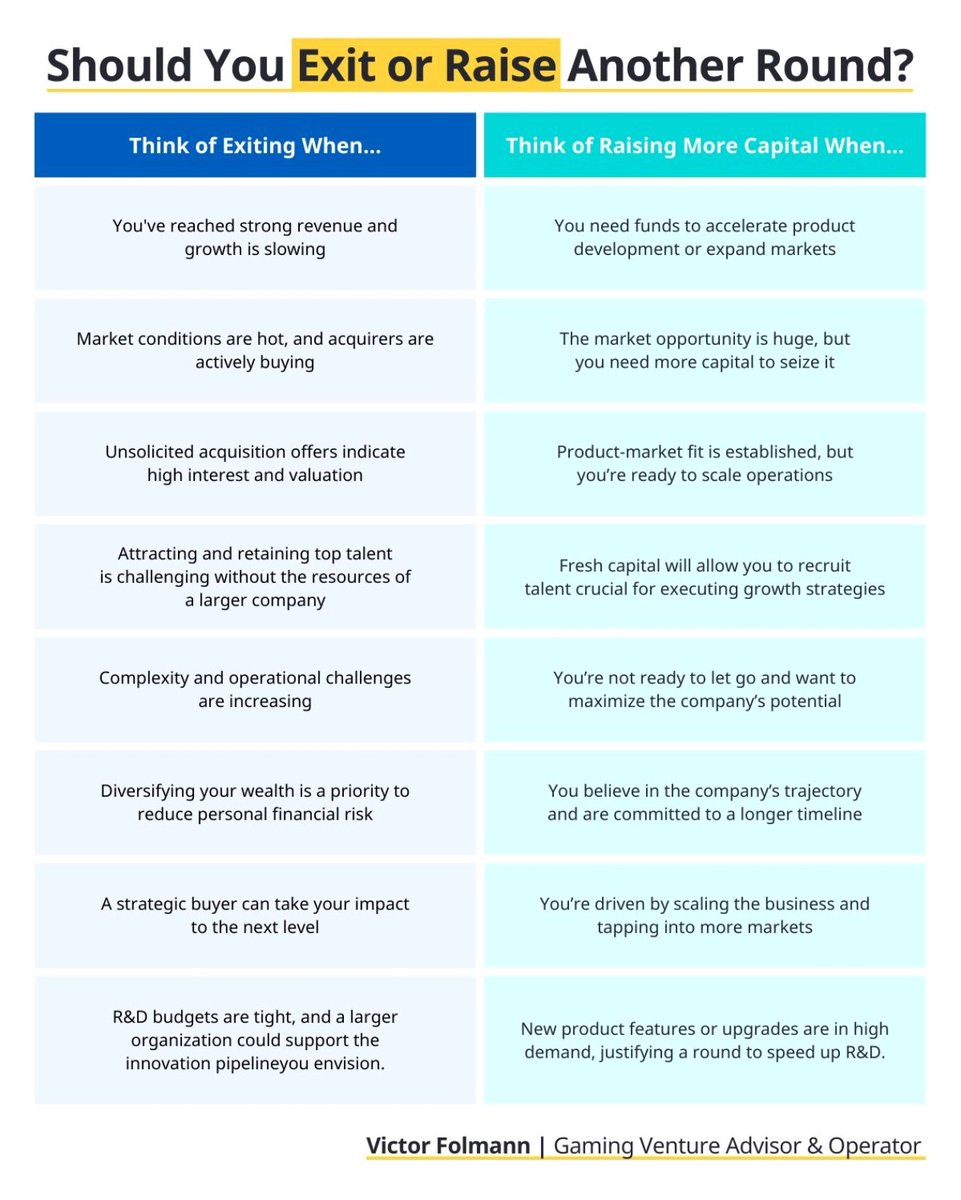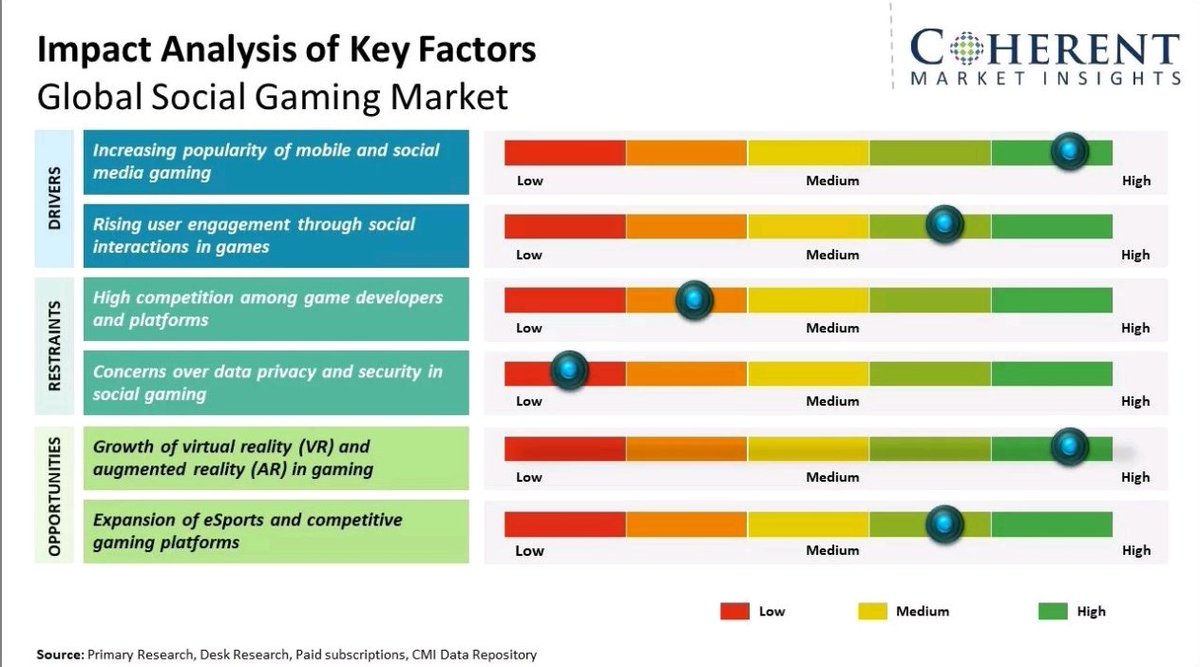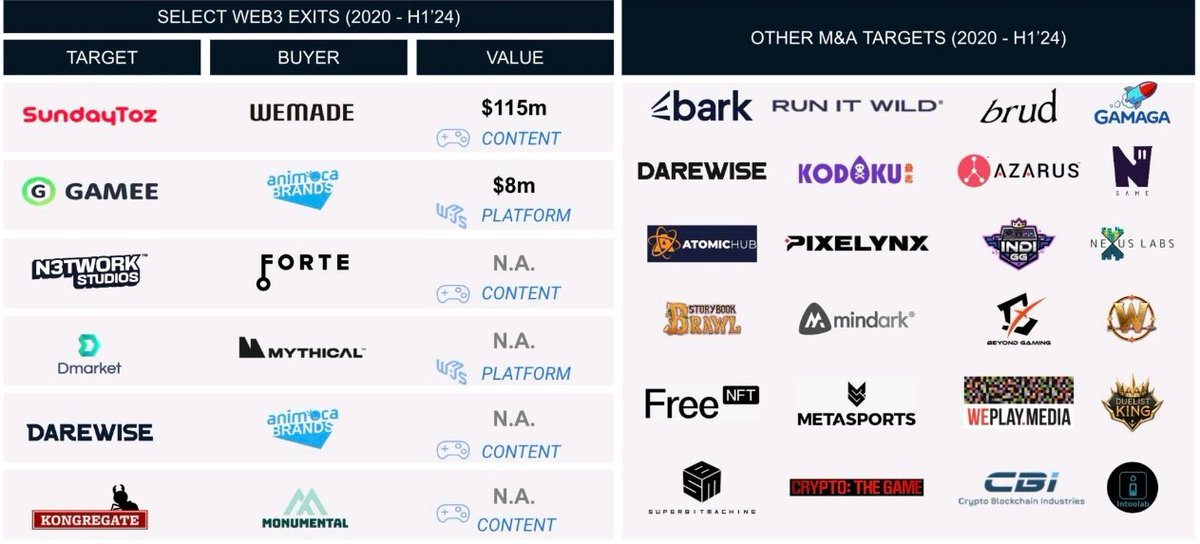
Folmann
@FolmannVictor
Followers
9K
Following
330
Statuses
369
I buy and grow gaming networks at @wearechosenio. Owner @fifarenderz & @gamerzclass (acq. by @trymetafy)
Joined September 2021
Founders - imagine going through the ups and downs of entrepreneurship just to end up with a small % after an exit... That's the cruel reality of founders who don't know how to manage ownership and dilution when raising VC. For reference, founders retain an average of 21% of shares at IPO. If you plan to sell your company, that's a data-driven baseline you should consider. Holding small equity in later stages might prompt you to quit rather than grow. The image below provides a hypothetical scenario in which founders are diluted by 30% at each financing round. When Series C investors sit on your board, your 7,7% shares might not look exactly like what you had in mind when you started the company. Below is a list of prominent tech companies with founders' ownership % for reference. Entrepreneurship isn't just about shipping a great product and building a winning team. It's also about being strategic when it comes to ownership and financing. Image source: Elon Salfati.
0
0
1
Most think M&A deals fail because of poor market timing. But what really makes or breaks M&A deals is the human factor 👇 • Culture clashes slow down integration • Key talent walks out the door • Trust breaks down during negotiations • Middle management creates roadblocks • Communication gaps create uncertainty. If you can't get the people part right, perfect numbers on paper mean nothing. If you're on either the #buyside or the #sellside, going through an acquisition means having tough conversations with the entire company at some point. There's really no way around it. Key factors to prioritize: 1. Cultural Integration 2. Talent Retention 3. Leadership Alignment 4. Change Management 5. Stakeholder Management Conduct thorough human due diligence 👇 - Cultural assessment - Leadership evaluation - Talent retention planning - Change readiness review - Communication strategy. Successful M&A requires mastering both the numbers AND the people. What other human factors have you seen make or break deals?
0
0
6
Here's how Nintendo captured 30+ markets while others fought for second place (and what gaming founders can learn about positioning in saturated markets): 👇 1. Expand your categories. Nintendo expanded into - adjacent categories - Theme parks - Movies - Merchandise This translated to significant growth (+42-67%) even in mature markets like Japan and the US. Sometimes, dominating your niche means strategically expanding beyond it. 😉 2. Focus on brand consistency. Nintendo maintained its core family-friendly identity while innovating in diverse markets (from Croatia to New Zealand), which suggests universal appeal. Strong brand positioning transcends cultural and geographical boundaries, so if you're thinking big, invest in a solid brand because it really does matter. 3. Design a custom market entry playbook. Nintendo achieved the most substantial growth in markets where they focused on local partnerships and cultural adaptation. 4. Think in terms of platform, not product. Nintendo built an ecosystem (games, hardware, entertainment) rather than just better products. This creates multiple growth vectors and contributes to brand building. Competitive moats can take any form, but brand building is one of the most effective ways to remain strong against well-funded competitors. Not a low-hanging fruit or easy, but it is important.
0
0
4
Gaming's next billion players won't need a console or PC. They'll just need a link. Here's why click-to-play is about to disrupt everything we know about gaming 👇 Flash games already enable click-to-play experiences that match the quality of native apps. ➡ Among Us reached 500 million monthly users through social sharing in under 1 year ➡ WeChat's Tiao yi Tiao attracted 100 million daily users in just two weeks. The beauty is that players can join through a shared link on any social platform or messaging app. So there's: 1. Frictionless access 2. Improved graphics capabilities 3. Multiplayer features. Which sets the stage for massive scale. This is already creating new paths for distribution beyond app stores, opening doors for creators to reach players directly and experiment with new business models without relying too much on the middleman. Gaming won't be limited by hardware or distribution channels anymore, and I can't wait to see what comes next. 🚀
0
0
4
Gaming founders: raising VC in 2025? Here's what you need to prove: 1. Clear path to organic user acquisition without relying solely on paid channels. I'd prioritize a strategy for cross-platform virality through social networks and content platforms, paired with metrics that can showcase early signs of viral growth or strong user engagement. 2. Evidence of solving challenging technical problems in web-based game performance through an architecture that enables cross-platform play without compromising quality. Highlight your team's capability to scale rapidly if viral growth occurs. 3. Track record of shipping and scaling successful games and/or a deep understanding of both gaming mechanics and web technology constraints. tl;dr, prepare for virality. If you prepare for it, you're laying the foundations for it to happen.
0
0
5
Gaming founders, check this out 👇 A16Z GAMES is hosting the new cohort of Speedrun in SF. Speedrun is an early-stage accelerator for startups at the intersection of Tech and Games. The program is a complete curriculum on topics that define the category these days, so make sure you look at it and bookmark it. - Market Trends - Fundraising - People + Talent - Design + Infrastructure - Metrics + Revenue - Partnerships - Marketing + GTM - Al. They have invested in over 50 gaming startups across these sub-verticals 👇 - Al - AR/VR - Gaming studios - Games x consumer - Games x Web3 - Infrastructure and Tools - User-Generated Content (UGC). So, if you're a gaming founder in the early stages, don't miss out on what Andreessen Horowitz is doing in the space. They're a foundational part of this emerging ecosystem, so watch what they do. Feel like you're not ready to apply yet? Scroll through my content for inspiration.
0
0
3
Recently saw this viral post on my feed. And I agree fundraising pitch decks should bring Clarity, Relevance, and Conciseness to the conversation. Otherwise, it's just fluff. Some questions your pitch deck should *also* answer if you're raising for a gaming company 👇 1. How is your company tapping into cultural trends + generational shifts? 2. How is your company leveraging emerging tech, particularly Al? 3. How can you demonstrate evidence of traction? ❤❤ Look at the narratives and business models that were historically and currently being funded. You don't want to pitch something as "new" or "emerging" when it was already funded years ago. Track traction metrics like a hawk and optimize for stickiness so your numbers do the talking. Would you add anything else? 💬
1
2
4
Gaming in 2025 prediction: Al will enable solo devs to create $100M hits and 2-person teams to build AAA games. Here are the major shifts coming to gaming this year: 1. We're already seeing early signs of "micro-studios" leveraging tools like Midjourney and GPT-4 for asset creation. If you're a dev, start building your Al pipeline now: focus on asset generation and procedural content workflows that can scale. 2. The big leap will likely still take years, but THERE IS immediate opportunity in more focused applications: AI NPCs for testing Dynamic difficulty adjustment Player support systems. 3. Successful Social Gaming will require solving both technical (latency) and social (trust & safety) challenges. Focus on building moderation and community safety tools into your core architecture from day one. 4. "Mixed Reality" immediate opportunities lie in enterprise and education applications, not consumer gaming. The consumer market will take longer to mature, IMO. So yes, this is all very exciting, and I can't wait to see a spike in the number of great teams doing amazing stuff with Al in gaming. But there are red flags founders should look at, too: - Over-reliance on unproven Al capabilities - Ignoring the fundamentals of game design in favor of technological solutions - Assuming Al will solve all content creation challenges - Underestimating the importance of human creativity in game development. The real opportunity in 2025 is in building flexible systems that can adapt as the industry evolves. Focus on creating value for players first, then leverage these emerging technologies to scale that value efficiently. 💡
0
2
5
Big Tech's playbook: Buy the competition. Apple's playbook: Buy the building blocks. Apple doesn't care about flashy acquisitions. They care about building foundational capabilities that eventually become key to their core. Some of their moves worth mentioning: - Acquired PrimeSense's infrared sensor technology for $360M and turned it into FaceID. - Methodically bought 11 specialized Al companies in 5 years and integrated them across their product ecosystem. - Bought AuthenTec's technology and developed TouchID. This building-block approach reveals Apple's long-term strategic thinking and knack for spotting big things early, as most acquisitions are in the $200-300M range. But what do they get from this? That's a great question. I mean, after all, they COULD simply acquire category leaders. My hunch? They like to maintain control over the tech stack, integration processes, and their secretive culture. This offers a valuable insight: M&A isn't just about successfully closing transactions. Anyone in that league can do that, in theory. What sets Apple apart is the clear strategic alignment that shapes its identity rather than dilutes it over time. That's why Apple is Apple. What do you think?
0
1
4
On the surface, I have: - Raised +$40M from renowned VC firms - Sold a company - Bought several companies - Mainstage Speaker at WebSummit Been a Venture Partner at VC But behind the scenes, I've been rejected over 1,000 times: - By Investors - By potential customers - By talent I wanted to recruit. A founder who "made it" likely dealt with rejection (and its consequences) more times than the average person does in a lifetime. Success isn't about never falling. It's about getting up one more time than you fall. The only path to extraordinary lies straight through adversity. The difference between champions and everyone else isn't talent or luck. It's resilience. Agree?
0
0
7
PMF in gaming looks nothing like what you see in SaaS. While Figma took 5 years to find it, gaming companies often know within months if they have a hit or a miss. User engagement either explodes immediately or doesn't. Players don't "gradually" fall in love with games like companies "gradually" adopt enterprise software. When Among Us launched, it took just weeks to go viral. Same story with Fall Guys. So, while this viral image by Lenny Rachitsky shows software companies taking 2-5 years to find PMF, gaming follows a different playbook: 1. Launch fast (months, not years) 2. Watch engagement like a hawk 3. Double down or move on quickly. The real skill in gaming is knowing when to cut your losses vs. when to go all-in on early signals. This effect even extends to gaming B2B companies. Your customers' games may be viral one day but fail to monetize (and pay you) the next. That's why gaming is a different kind of software business. Curious to hear from other gaming founders about their PMF journeys 🎮
0
0
2
How much do founders make upon selling their business? Short answer: "It depends." But here's what the data shows: - 92% of tech exits happen below $200M - 90% below $100M. Media loves covering unicorn IPOs and billion-dollar acquisitions, but most successful founders face a pivotal choice much earlier: double down with another round or secure a life-changing exit. As a founder, you must consider that this decision isn't only financial. If you're facing this dilemma, I encourage you to ask yourself these questions: - Are you energized to lead the company through another 3-5 years of scaling? - Could staying independent accelerate your vision more than a strategic acquirer? - What's the impact on your team and stakeholders? Market cycles come and go, so timing the market is important, too- interested buyers won't be there forever. It's also worth noting that not all strategic acquirers are built the same. So, based on external market signals and internal company development, I built a framework to help you understand which way to go if you're facing this difficult decision. Share this with someone who needs to see it!
0
1
4
Many believe social gaming is dead, but Discord's 200M monthly active users prove otherwise. Activities, Discord's new gaming platform could rival Facebook's historic 30M daily active gaming users peak. Here's why this time is different: Unlike Facebook, Snap, or TikTok, Discord is optimized for gaming communities and interactions: - Built-in voice, video, and chat capabilities - Server-based communities to create natural player groups - "Niche at scale" effect combines engaged micro-communities with massive reach. Gaming success stories on Discord worth recalling: - Arena Kingdoms leveraging server-vs-server tournaments Playroom's Death By Al reaching 700K DAU Mojiworks' Chef Showdown engaging 14M+ players with 3X longer session times. There is also a huge #gamedev community with full access to social features that allow collaboration and experimentation. Early adopters like Playroom, and Mojiworks are showing how deeply integrated social features can drive organic growth through community engagement. When your game's community is built directly into Discord's server infrastructure, every player becomes a potential vector for viral growth. So, while many argue social gaming is dead due to matchmaking and toxicity, Discord has created the conditions for a new golden age of gaming with collaboration at the core. Agree? 💬
1
1
1
Only 6 web3 gaming exits in 2023-2024... but 20+ acquisition targets are still waiting. web3 gaming M&A has been remarkably quiet despite the investment hype during the bull. I would have expected more buzz than a sluggish 6 acquisitions (with only 2 actually fully disclosing price). Meanwhile, a growing list of 20+ web3 gaming companies are positioned as M&A targets, from infrastructure plays like Atomic Hub to content studios like Mindark. Which leads me to ask: Are strategic buyers still uncertain about web3 gaming monetization? Is the valuation gap between the so-called "web2" and web3 gaming companies too wide? Are we simply early in the maturity curve for web3 gaming M&A? My take: This is more of a slow burn than a missed opportunity. web3 gaming still needs to prove sustainable player engagement and revenue models before we see widespread M&A. But when that inflection point comes, expect the current list of targets to attract serious buyer interest. Curious to read your thoughts on this: are web3 gaming exits progressing too slowly, or is patience the right strategy here? 🤔
0
3
6
𝗜’𝘃𝗲 𝗯𝗲𝗲𝗻 𝗿𝗲𝗷𝗲𝗰𝘁𝗲𝗱 𝗼𝘃𝗲𝗿 𝟭,𝟬𝟬𝟬 𝘁𝗶𝗺𝗲𝘀: By Investors By potential customers By talent I wanted to recruit. A founder who “made it” likely dealt with rejection (and its consequences) more times than the average person does in a lifetime. Success isn't about never falling. It's about getting up one more time than you fall. The only path to extraordinary lies straight through adversity. The difference between champions and everyone else isn't talent or luck. It's resilience. Agree? 💬
0
0
6
Saying “body count obsession” is just a Zoomer or young millennial thing misses the bigger picture. People have always judged others for their sexual choices—it’s just called different things now. The term “body count” is new and crude, but the idea of gossiping and worrying about who’s been with who has been around forever. This isn’t some brand-new issue.
2
0
2





